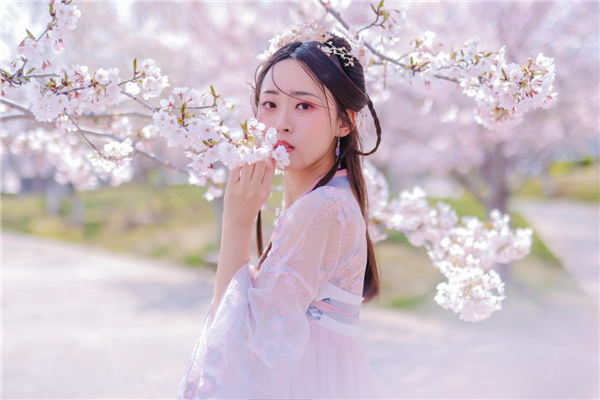

JINAN -- Shu Qiuhong runs a store selling hanfu -- the traditional clothing of the Han ethnic group -- in Jinan, the capital city of East China's Shandong province.
Shu, a native of Southwest China's Guizhou province, has a profound affection for traditional Chinese garments dating back to her childhood.
"I have become friends with many customers as we have the same hobbies. We often exchange views on styles and production skills," said Shu, adding that young consumers make up a big part of her clientele.
Over the past few years, China has seen a surge in young consumers interested in domestic brands and products that incorporate traditional Chinese style and culture, a trend known as guochao.
These are not merely flash-in-the-pan fads, but long-lasting trends that reflect the changing preferences and habits of Chinese consumers.
In China, there are around 260 million people born between 1995 and 2009, who are often dubbed "Generation Z," according to data from the National Bureau of Statistics.
Growing up in a different environment from their elders, they have witnessed China's rise as a global economic powerhouse and formed a brand-new consumption concept.
Beijing's Palace Museum has been at the forefront of the nationwide guochao trend, with lipsticks and blushes engraved with traditional Chinese patterns being the perennial bestsellers on the shelves. These products have proven immensely popular with Generation Z consumers.